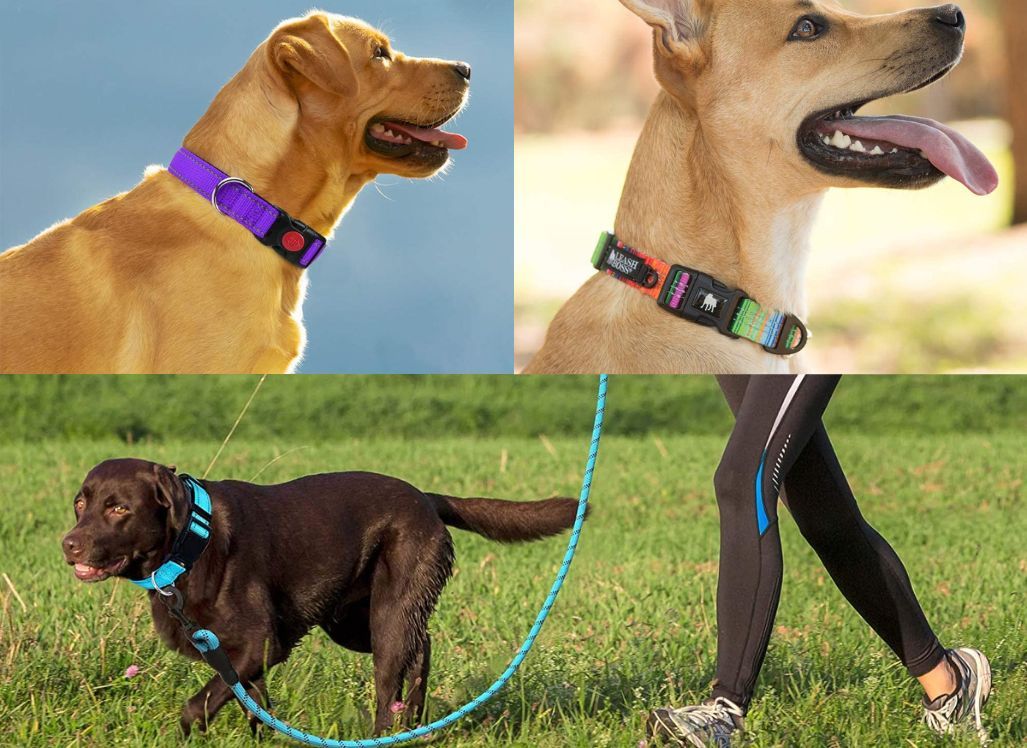Most people choose a color for their dog's collar, leash, harness, or bandana based on their color preference, or a color they think will complement their dog's coat. But did you know that there's actually a "color code" where each color has a particular meaning?
The idea of color coding originated in Australia, where dog trainer Terry Ryan came up with the idea of tying a yellow ribbon onto a dog's collar as a means of communicating to people walking their dogs, or other people they met on their walk, that, for whatever reason, this dog needed a bit of space, and it would be better not to approach the dog.
The idea has spread gradually to many parts of the world and has expanded from just a ribbon on the collar to encompass the color of dog collars and leashes, and even dog harnesses and bandanas. Ribbons are also used to this day, and can be tied onto a collar to convey the same message.
So what do the different colors mean? Let's take a look at what the different dog collar colors mean, and what you should do if you meet a dog wearing one of these color-coded items.
What Each Color Means
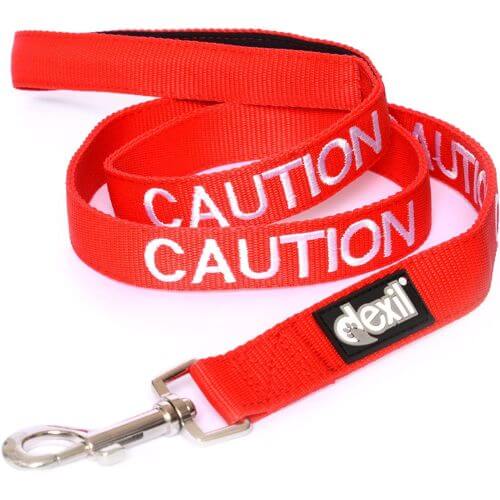
Red means Caution
This is one of the most common colors that are used. Just as you would think of a sign in red as a danger signal, a red collar/ leash/ bandana means the dog could react badly or become aggressive if approached. So it is best to ignore them completely, and not speak to the dog, or even their owner.
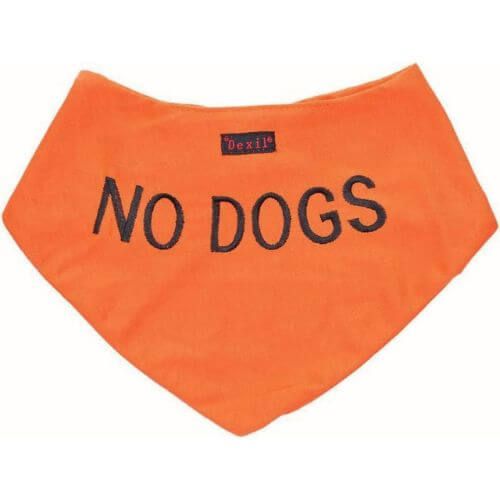
Orange means "No dogs"
This color implies that this dog does not like to interact with other dogs. He is happy with people, but just can't handle being near other dogs. So if you are walking your dog, don't go up close to say hello.
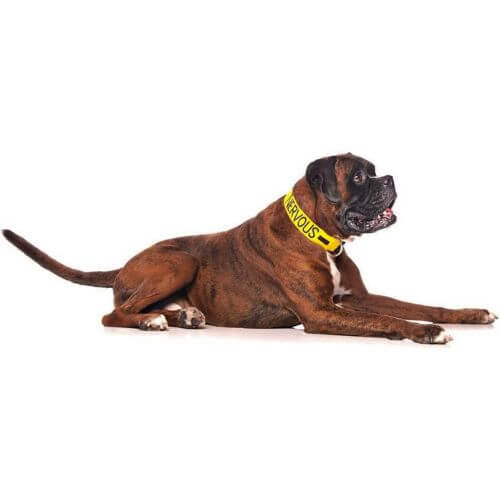
Yellow means the dog is nervous
A light yellow color is worn by a dog that is nervous, and gets anxious around people or dogs.
These dogs are not necessarily aggressive, but rather may be timid around unfamiliar people, in pain from recent surgery, or still going through the training process. They just need a bit more space, so don't get too close to them.
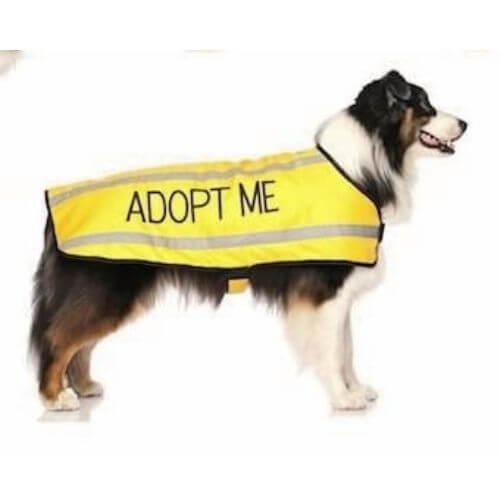
Bright yellow means the dog is looking for adoption
If you see a dog wearing a bright yellow collar, or even a cape with the word"adoption" on it, this may be a good time to have a chat with the dog walker. Who knows, you may be able to re-home this dog.
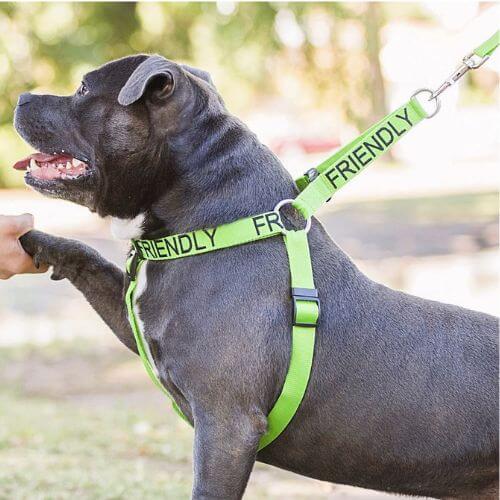
Green means the dog is friendly
A dog wearing green is likely to be open to making new friends, be they canine or human. But just follow the simple rule of checking with the owner first, before you make an approach.
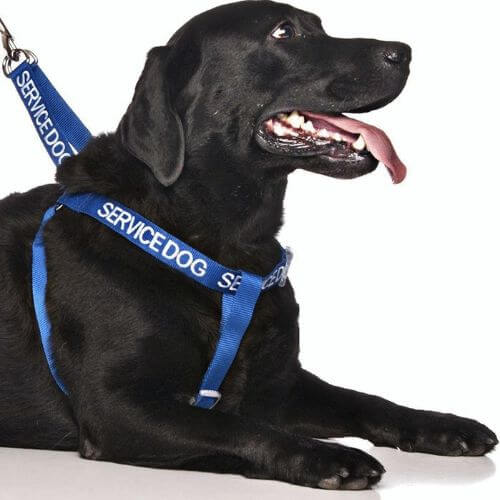
Blue is for Training or Service Dogs
This dog is likely to have a good temperament and be friendly, but he is either working, or being trained, and may need to concentrate. So it is best not to disturb them until their job or training session has finished.
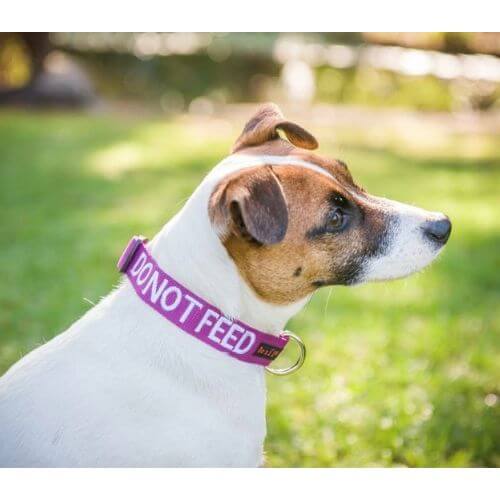
Purple means "Do Not Feed"
Are you one of those people who goes up to a dog you meet on the street and offers him a snack?
Well, you should not be doing this at all, but when you see a dog wearing purple, make sure you resist the temptation! This dog may have allergies to certain foods, or be on a special diet.
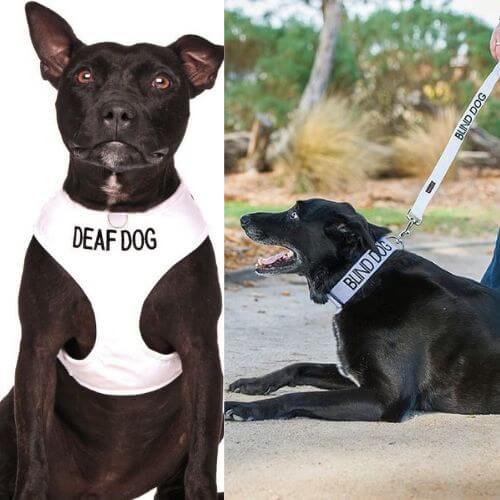
White means the dog is Blind or Deaf
These dogs may be fully or partially impaired. But their disability means you need to be extra considerate. A blind or deaf dog may not hear or see you approach, so be cautious about how you go about it.
Some Words of Caution
Not all dog owners are aware of the significance of these different colors. As we said at the beginning, many people just pick a color because they like it, or it's a fun color. Other owners are trying to convey a message to you about their dog. You probably won't know unless you ask them.
And so we come to one of the most important parts of dog etiquette: ALWAYS request permission from the parent of any dog you wish to approach or feed, and don't allow your own pup to run up and surprise a strange canine - even if they are attempting only a friendly greeting.
You could also help make dogs' time out walking more enjoyable for everyone by helping others get to know the color code.
By understanding the meaning of the different colors in dog collars and other accessories, you can be more aware of what type of behavior and attitude each dog may have towards other people, animals, or children.
You may also like:
